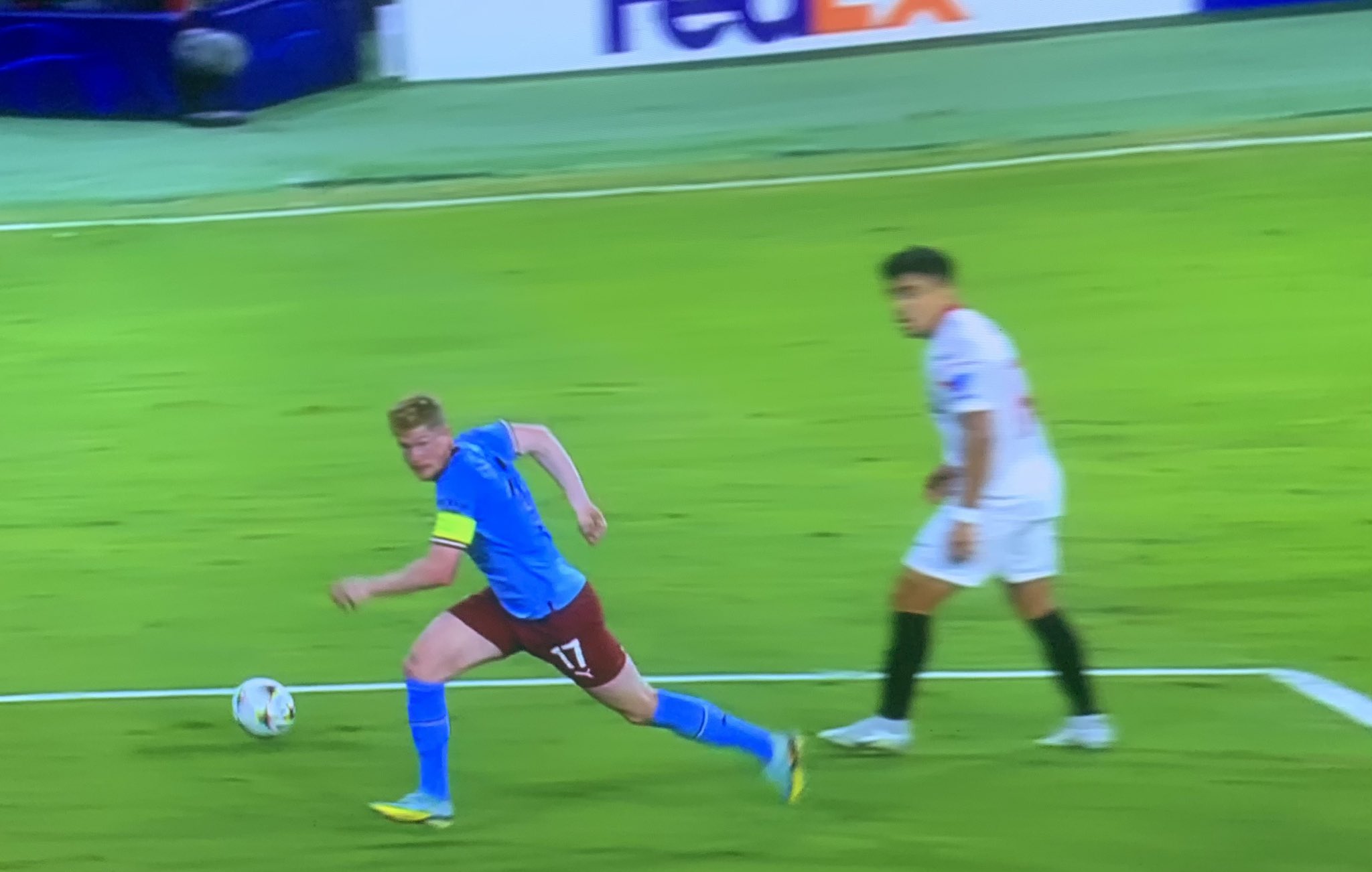Slow things down, get it right
I recently read an interesting article on the new UNC field hockey coach, Erin Matson. Before taking over the program at the ripe age of 23, she was an offensive force, leading UNC to 4x national titles. A 5x All-American, she is widely considered the MJ of field hockey.
When trying to describe what made her great, coaches cite attributes such as her vision, hand speed, and controlled fury. However, Erin herself largely credits it to the foundations.
“Its really not a secret. I have always take a lot of pride in the fundamentals and not getting bored with the simple stuff, where I think a lot of other players wnat to do the flashy and exciting things. THey don’t understand you can’t do that if you aren’t a complete master at the simple things. That has helped me because in games I can just whop out a cool move that I never practiced but that was as combination of all these skills I’ve practiced over and over again.”
This is some real Timmy Duncan, coach’s wet dream shit. Fundamentals, fundamentals, fundamentals.
As cliche as it sounds, this echoes my own soccer coaching experience. I’ve worked with a decent amount of kids for a long enough time (elementary aged to high school) to see that its the kids willing to slow down and hammer the foundational stuff that go the furthest. To make that a little clearer, let’s first discuss the development hierarchy, a heuristic I use for thinking of player development.

The hierarchy has two foundational dimensions: technical skills and athleticism. Technical skills, like dribbling technique, first touch, ball striking, etc, are highly malleable. Athleticism is less so. Some traits are mostly genetic (top line speed, frame, etc) but things related to body control, such as balance, the cadence and size of steps, and change of speed can be practiced and improved.
The apex of the hierarchy integrates these foundational elements. Skills at this level include scanning as the ball is arriving, recieving with optimal body positioning, and off-ball movement (this blog has really good gif examples of Haaland).

Once you start applying these higher-level skills, you’re actually playing the game. Manipulating. Strategizing. Expressing yourself.
Young players can dominate by excelling in just one foundational dimension. However, as they mature, the integration of both becomes indispensable. Consider three player archetypes: 1) high athleticism, low skill 2) high athleticism, high skill 3) high athleticism, high skill, and integration.
Version 1 is a threat but often fumbles the bag. He or she misplaces passes, shanks shots, and turns over the ball a lot.
Version 2 is frustrating despite possessing all the tools. Their teammates hate playing with them due to their poor decision making but tolerate them for their sporadic moments of brilliance. Sure, they can beat their defender and rip off vicious shots. But they lack “sports IQ”.
Version 3 is the ideal, highly consistent individually and one who enhances the performance of their teammates. This player can recieve under pressure, understands how their offball movement creates space for their teammates, and utilize all of their tools to problem solve on the fly. This player has great skills but the “whole is greater than the sum of its parts.”
Alphonso Davies echoes a similar sentiment in this great 1-minute video.
My goal as a coach is to build Version 3 players. To get there, we have lots of different drills but one thing I’m constantly telling them is to slow things down and get it right. Slow is smooth and smooth is fast.
In summary, the mastery of basics is non-negotiable. But the hard part, especially for kids is to:
- actually practice the simple stuff
- slow down and have the humility to do it right.
I definitely didn’t do this. I grew up in the joga bonita, Cristiano glory days. I dreamt of triple stepovers and audacious goal celebrations. I practiced the fun “cool” stuff instead of absolutely mastering the “boring” stuff and eventually that caught up.
Shifting from coaching, the question now is, where I am repeating the same mistake, foregoing the essential boring stuff, for the sexy, shiny stuff?
Machine learning, or AI, is undergoing a cambrian explosion. Its easy to chase the latest and greatest algorithm. Look I can do it (.fit(), .predict())! I can write a script! I can write really good prompts!
But look at the GOATs. Karpathy, even after all his success, built micrograd to deepen his understanding of the basics of neural networks. He preaches reading the PyTorch documentation and getting real cozy with tensors. Like a great coach, he’s even blessed us with a series of lecture to practice the fundamentals of neural networks!
So I guess this post is a long note to myself to focus on the foundational stuff and to slow things down and get it right.